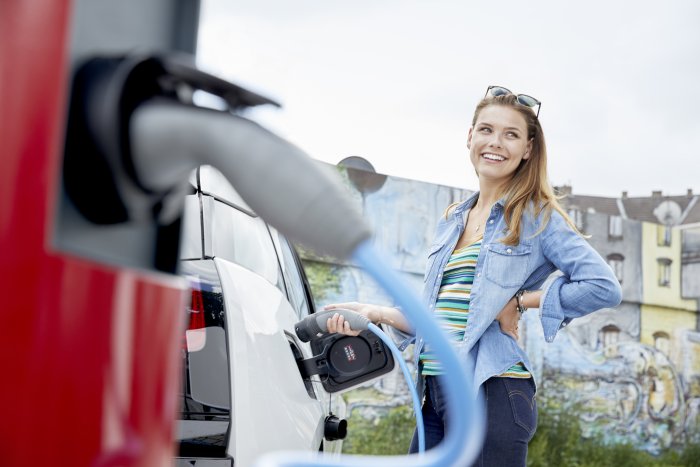Romania has fewest cars per 1,000 inhabitants in EU

Photo by D.serra1 / Shutterstock.com
Romania has the lowest motorization rate among European Union countries, with 332 passenger cars per 1,000 inhabitants as of 2018, according to data published by Eurostat, the European statistical office.
Romania may have its own car manufacturer in Automobile Dacia S.A. (founded in 1966, but owned by Renault since 1999), but the country has the lowest level of motorization per capita in the EU, Eurostat says. Photo by D.serra1 / Shutterstock.com
Luxembourg had the highest rate, 676 cars per 1,000 inhabitants, mainly due to cross-border employees who use the vehicles of companies registered in the country. Italy is next (with 646 cars), followed by Cyprus and Finland (both with 629 cars).
The lowest rates were in Romania, Latvia (369 cars), and Hungary (373 cars).
In 2018, Germany had the highest number of registered cars (47 million units), followed by Italy (39 million cars), and France (32 million cars).
The highest percentage of cars over 20 years old was reported in Poland (36.5%), Estonia (29.6%), Finland (25.2%), Romania (21.4%) and Malta (20.8%).
In contrast, Ireland has the highest share of new cars, less than two years old, 29.2%, followed by Luxembourg (23.8%), Denmark (23.3%), and Belgium (23.1%), Eurostat says.
SUPPORT THE BUDAPEST BUSINESS JOURNAL
Producing journalism that is worthy of the name is a costly business. For 27 years, the publishers, editors and reporters of the Budapest Business Journal have striven to bring you business news that works, information that you can trust, that is factual, accurate and presented without fear or favor.
Newspaper organizations across the globe have struggled to find a business model that allows them to continue to excel, without compromising their ability to perform. Most recently, some have experimented with the idea of involving their most important stakeholders, their readers.
We would like to offer that same opportunity to our readers. We would like to invite you to help us deliver the quality business journalism you require. Hit our Support the BBJ button and you can choose the how much and how often you send us your contributions.








